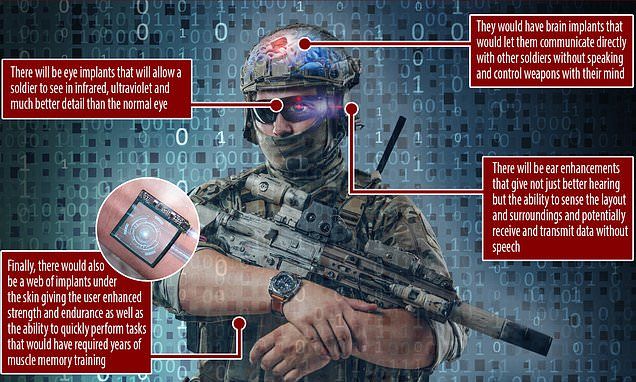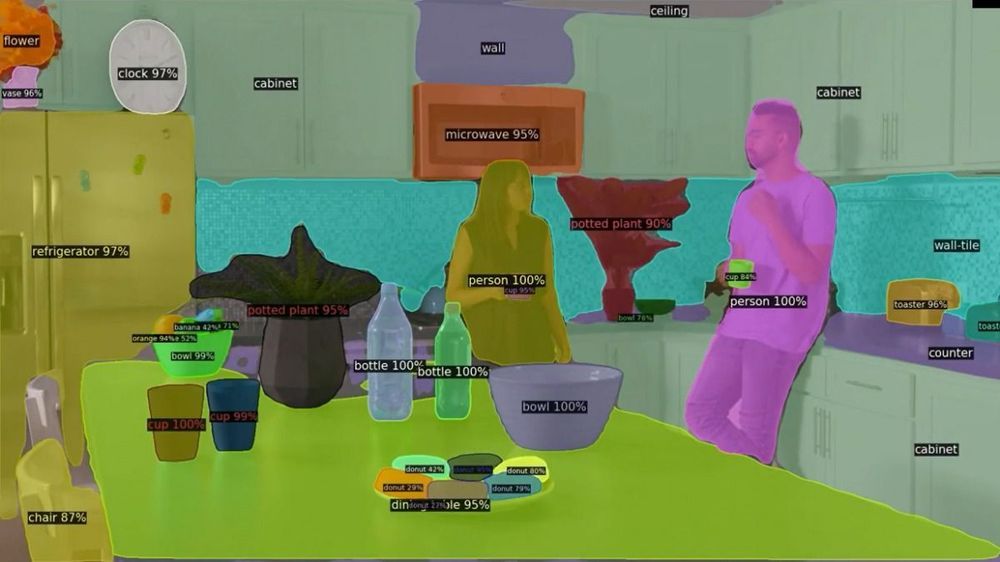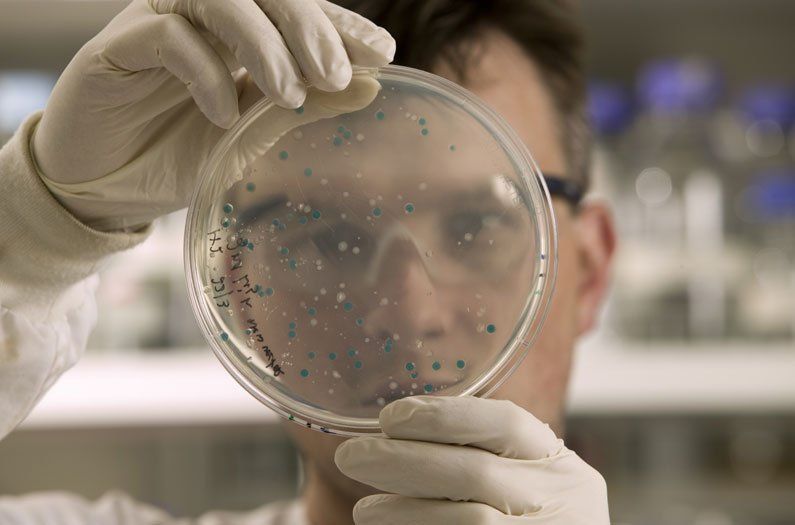Thank you for watching this powerful interview with Dave Asprey!
Check out the show notes here: https://www.lewishowes.com/860
Dave Asprey is the creator of the widely-popular Bulletproof Coffee, host of the podcast Bulletproof Radio, and author of the New York Times bestselling book, The Bulletproof Diet.
Dave was described by Men’s Health as a “lifestyle guru” and his body-hacking gym, Upgrade Labs, has more than 15 different technologies dedicated to improving mental and physical performance and recovery. His new book Super Human: The Bulletproof Plan to Age Backward and Maybe Even Live Forever is out on everywhere books are sold online.
So get ready to learn how to biohack your health and energy as you age on Episode 860.
Follow Dave Asprey here:
Tweets by bulletproofexec
https://www.instagram.com/dave.asprey
https://www.facebook.com/bulletproofexecutive
https://podcasts.apple.com/us/podcast/bulletproof-radio/id451295014
You can follow Lewis at:







